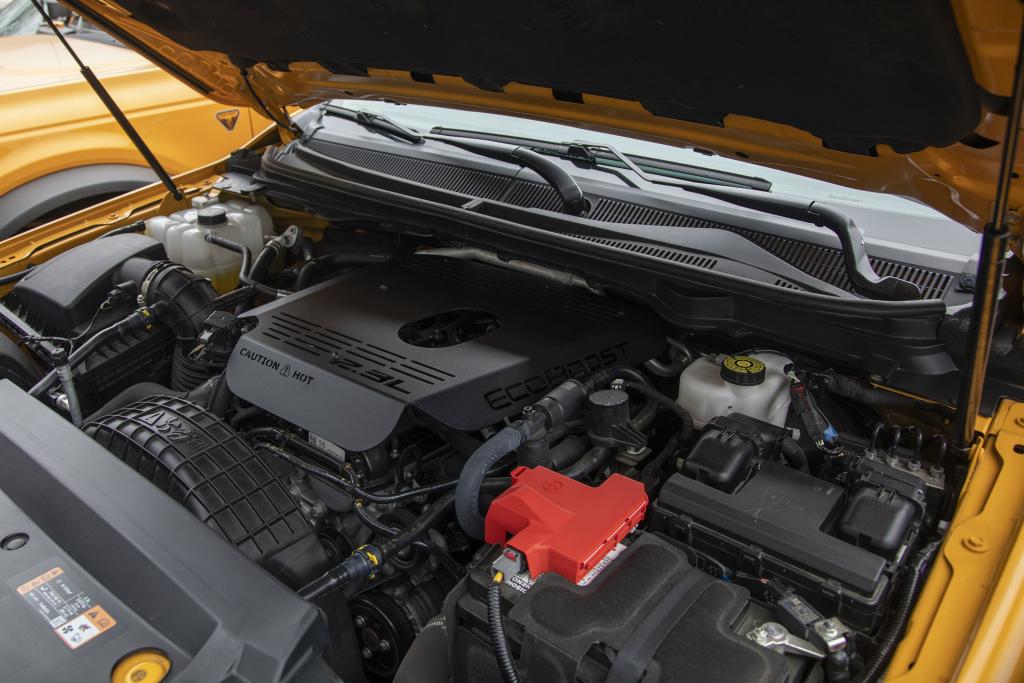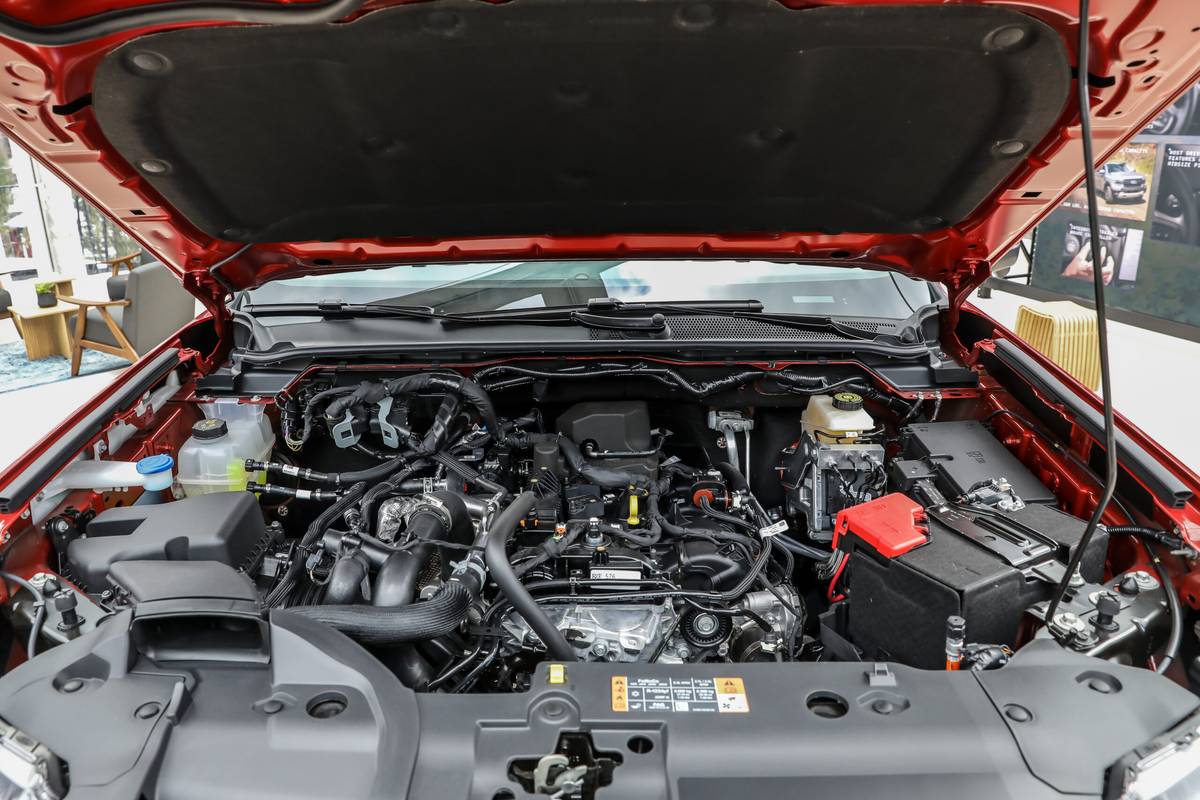How to Maintain and Optimize the 2.2 Ford Ranger Engine for Long-Lasting Performance
How to Maintain and Optimize the 2.2 Ford Ranger Engine for Long-Lasting Performance
Blog Article
Recognizing the Fundamentals of Cars And Truck Engines: Types, features, and functions

Overview of Auto Engines
An auto engine functions as the heart of a vehicle, transforming gas into mechanical energy to move it ahead. This detailed system comprises various parts that operate in unison to make sure ideal efficiency and effectiveness. The fundamental procedure of a vehicle engine involves the internal burning process, wherein gas and air are combined, fired up, and eliminated to create power.
The engine's layout can significantly affect its performance, fuel efficiency, and exhausts. Secret parts consist of the cyndrical tube block, pistons, crankshaft, and camshaft, each playing a crucial role in the engine's total feature.
Along with these parts, engines commonly utilize numerous systems such as gas shot, ignition, and cooling systems to enhance efficiency and longevity. Understanding the fundamental mechanics of car engines is vital for identifying issues and carrying out upkeep, ultimately adding to the lorry's reliability and effectiveness with time.

Kinds Of Cars And Truck Engines
Cars and truck engines can be categorized into several kinds based on their style, gas kind, and functional principles. 2.2 ford ranger engine. The most typical groups include inner burning engines (ICE), electrical engines, and hybrid engines
Inner combustion engines, which can be more divided into gas and diesel engines, run by stiring up a fuel-air blend to create power. Gasoline engines are commonly lighter and smoother, while diesel engines are extra fuel-efficient and offer greater torque.
Electric engines utilize electric power saved in batteries to power an electrical motor, offering instantaneous torque and no exhausts during operation. As innovation developments, electrical vehicles (EVs) are increasingly ending up being preferred for their environmental benefits and lower running costs.
Crossbreed engines combine elements of both inner combustion and electric engines, enabling adaptable source of power and improved fuel performance. They can operate in different settings, using either the gas engine, the electrical motor, or both concurrently.
Each type of engine has distinctive benefits and disadvantages, influencing their application in various automobile kinds and market segments, from compact autos to sturdy trucks. Understanding these kinds is essential for making informed decisions relating to automobile choice and efficiency assumptions.
Engine Features Explained
Understanding engine features is critical for grasping how cars run effectively. At the core of any kind of internal burning engine exists the basic procedure of converting fuel into mechanical energy.
The ignition takes place next, igniting the combination and developing a rapid growth of gases. This pressure drives the piston down during the power stroke, which ultimately equates into the rotational activity of the crankshaft. The exhaust stroke then removes the invested gases from the chamber, making method for a brand-new cycle to commence.
Along with these primary functions, engines likewise include systems that manage air conditioning and lubrication, making sure optimal operational temperatures and reducing rubbing in between moving parts. This complex interaction of functions allows the engine to create the power needed for automobile propulsion while preserving efficiency and dependability. Comprehending these features gives important understanding into the intricacies of automotive design and improves the ability to diagnose and deal with engine-related issues properly.
Trick Engine Attributes
Engine layout incorporates a number of vital features that substantially influence longevity, performance, and efficiency. One of the most crucial elements is the engine setup, which consists of inline, V-type, and level designs. Each arrangement affects the engine's balance, size, and power outcome, thereby influencing total vehicle characteristics.
An additional necessary function is the engine displacement, referring to the overall quantity of all cylinders. Larger check that displacements typically generate more power but might endanger gas performance. Engine products likewise play a critical function; high-strength and light-weight materials, such as aluminum and magnesium alloys, enhance performance without adding excessive weight.
The kind of gas injection system used-- such as direct or multi-port shot-- affects combustion efficiency and emissions. Turbo charging and turbocharging are functions that enhance engine performance by compeling additional air right into the combustion chamber, enhancing power outcome without substantially increasing engine size.
Last but not least, the visibility of sophisticated engine monitoring systems optimizes fuel-air mixture and ignition timing, adding to smoother procedure and far better fuel economic situation. Collectively, these functions define an engine's capabilities, establishing the foundation for its efficiency and long life in an affordable automobile landscape.
Maintenance Tips for Engines
Proper engine upkeep is important for guaranteeing ideal performance and long life, as disregarding routine treatment can result in considerable concerns down the line. To preserve your engine efficiently, begin with regular oil changes, usually every 3,000 to 7,500 miles, depending on the sort of oil utilized. Fresh oil lubes engine components, decreasing friction and wear.
Furthermore, checking coolant levels is vital to stop getting too hot. Make sure that the coolant is topped up and remains in good condition to preserve look what i found reliable temperature level policy. Regularly examine and replace air and gas filters, as stopped up filters can hinder air flow and gas delivery, compromising engine effectiveness.
Furthermore, pay interest to ignition system and ignition systems. Malfunctioning or worn ignition system can bring about misfiring and minimized performance. Examining the battery terminals and connections for deterioration is additionally vital, as a weak battery can affect engine beginning.

Conclusion
In summary, a thorough understanding of cars and truck engines encompasses various types, functions, and key features that considerably affect lorry efficiency. Internal combustion engines, in addition to Find Out More hybrid and electrical alternatives, demonstrate diverse mechanisms for energy conversion. 2.2 ford ranger engine. Identifying the essential features, such as consumption and exhaust cycles, together with crucial engine functions like setup and fuel injection systems, furnishes cars and truck owners with the expertise required for reliable upkeep and procedure, ultimately improving vehicle durability and efficiency
A car engine offers as the heart of a vehicle, transforming fuel into mechanical power to drive it forward. The basic operation of an automobile engine involves the internal burning procedure, where gas and air are mixed, sparked, and expelled to produce power.
Regularly change and examine air and gas filters, as stopped up filters can hinder air flow and gas distribution, compromising engine efficiency. - 2.2 ford ranger engine
In summary, a thorough understanding of cars and truck engines incorporates various kinds, functions, and crucial functions that dramatically affect lorry efficiency. Acknowledging the important functions, such as consumption and exhaust cycles, together with essential engine attributes like arrangement and gas injection systems, equips vehicle proprietors with the expertise required for efficient maintenance and operation, inevitably boosting automobile longevity and efficiency.
Report this page